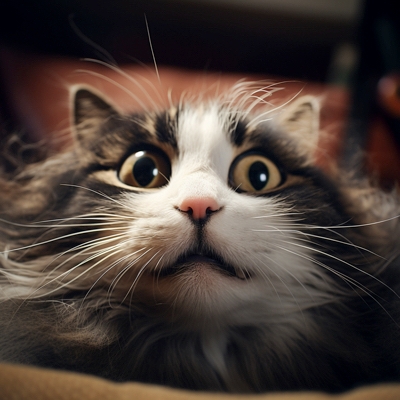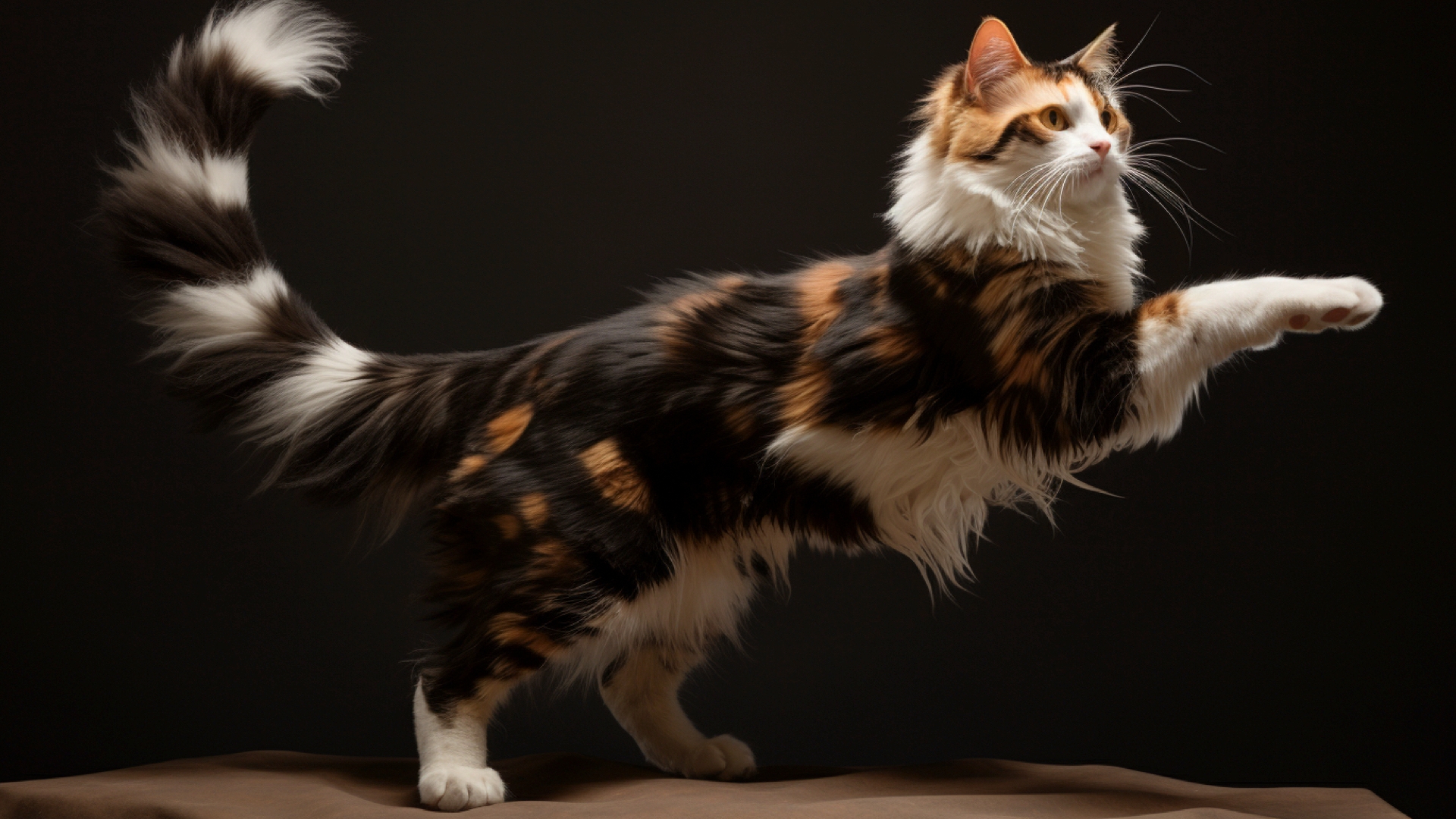Cat Talk: Deciphering the Mysterious Language of Your Feline Friend:
Summary:
In "Cat Talk: Deciphering the Mysterious Language of Your Feline Friend," we delve into the fascinating world of feline communication. Cats, known for their enigmatic and independent nature, actually have a rich and complex language that they use to interact with humans and other animals. This article breaks down the various forms of cat communication, from the familiar meows and purrs to the subtle signals sent through body language, whisker positions, and scent marking. Learn how to decode your cat’s tail movements, understand the significance of slow blinking, and respond effectively to aggressive behaviors. With these insights, you’ll be well on your way to becoming fluent in ‘cat talk’ and deepening the bond with your furry friend.


- The Complex World of Cat Communication
- Vocalizations: Beyond Meows
- Body Language: Reading the Silent Signs
- The Purr: Comfort, Contentment, or Cry for Help?
- Eye Contact and Slow Blinking: A Feline’s Love Language
- Tail Movements: Decoding the Emotional Barometer
- Whisker Positions: The Subtle Indicators of Mood
- Scent Marking: More Than Just Marking Territory
- Understanding and Addressing Aggressive Behaviors
- Tips and Tricks for Responding to Your Cat’s Signals
Cats are the epitome of mysterious charm. They have a way of speaking without words, using their bodies and vocalizations to express a wide range of emotions and intentions. But what are they really saying? Let’s unravel the enigmatic world of feline communication, where every purr, hiss, and twitch of the tail is a nuanced sentence in the language of ‘cat.’
Cats have a diverse vocal repertoire, ranging from the familiar meow to growls, chirps, and trills. Each sound is a unique message. For instance, a short, high-pitched meow is often a friendly greeting, while a drawn-out, low-pitched meow might indicate a complaint. Have you ever heard your cat’s adorable chirp when they spot a bird outside? That’s their way of expressing excitement and frustration at the same time. They say, “Oh if only this window weren’t in my way!”
A cat’s body is a canvas painted with emotions. The position of their ears, the arch of their back, and the flick of their tail are all part of a complex signaling system. For example, when a cat’s ears are pricked forward, they are alert and interested. But if those ears flatten against the head, it’s time to back off—your cat is scared or annoyed.
The soothing sound of a cat’s purr is one of life’s incredible comforts, but it’s not always a sign that your cat is content. Cats also purr when frightened or in pain, possibly as a self-soothing mechanism. It’s essential to consider the context: is your cat purring while sprawled out in a sunbeam or hiding after a scary encounter with a new visitor?
When your cat looks at you and blinks slowly, it’s the equivalent of a cat kiss. This gesture is a sign of trust and affection. You can blink back to return the sentiment, and if your cat responds with another slow blink, congratulations—you just had a heartfelt conversation in cat language!
The tail is a cat’s emotional barometer. A high, quivering tail is a sign of a very excited cat, often seen near territory they claim as their own. A low tail can indicate submission or defeat, while a puffed-up tail is a clear sign that your cat is frightened.
Whiskers are more than just adorable features; they are mood indicators. Forward-facing whiskers signal curiosity and excitement, while whiskers pulled back against the face can be a sign that the cat is scared or annoyed.
When your cat rubs their face against you, they are not just affectionate; they are marking you with their scent, claiming you as part of their family. This is one of the highest compliments a cat can give, akin to saying, “You are mine, and I am yours.”
Not all cat communication is cuddly. Hissing, growling, and swatting clearly show a cat is upset. Understanding the root of this aggression—fear, pain, or territoriality—is key to addressing the issue and finding a solution that brings peace back into your home.
Learning to speak ‘cat’ is a two-way street. It’s not just about understanding your cat; it’s also about how you respond. For example, if your cat exposes their belly, they are showing trust—not necessarily asking for belly rubs. Respect their signals, and you’ll build a deeper bond based on mutual understanding and respect.
As we’ve journeyed through the intricate tapestry of feline communication, it’s clear that cats are far more expressive than they often get credit for. They have rich and nuanced language, and with patience and observation, we can learn to understand their unique ways of expressing love, discomfort, curiosity, and much more. So, the next time your cat gazes into your eyes and blinks slowly, know it’s their way of saying, “I trust you.” And when they purr contentedly in your lap, it’s not just a sound; it’s a conversation. Are you ready to continue the dialogue with your feline friend?


